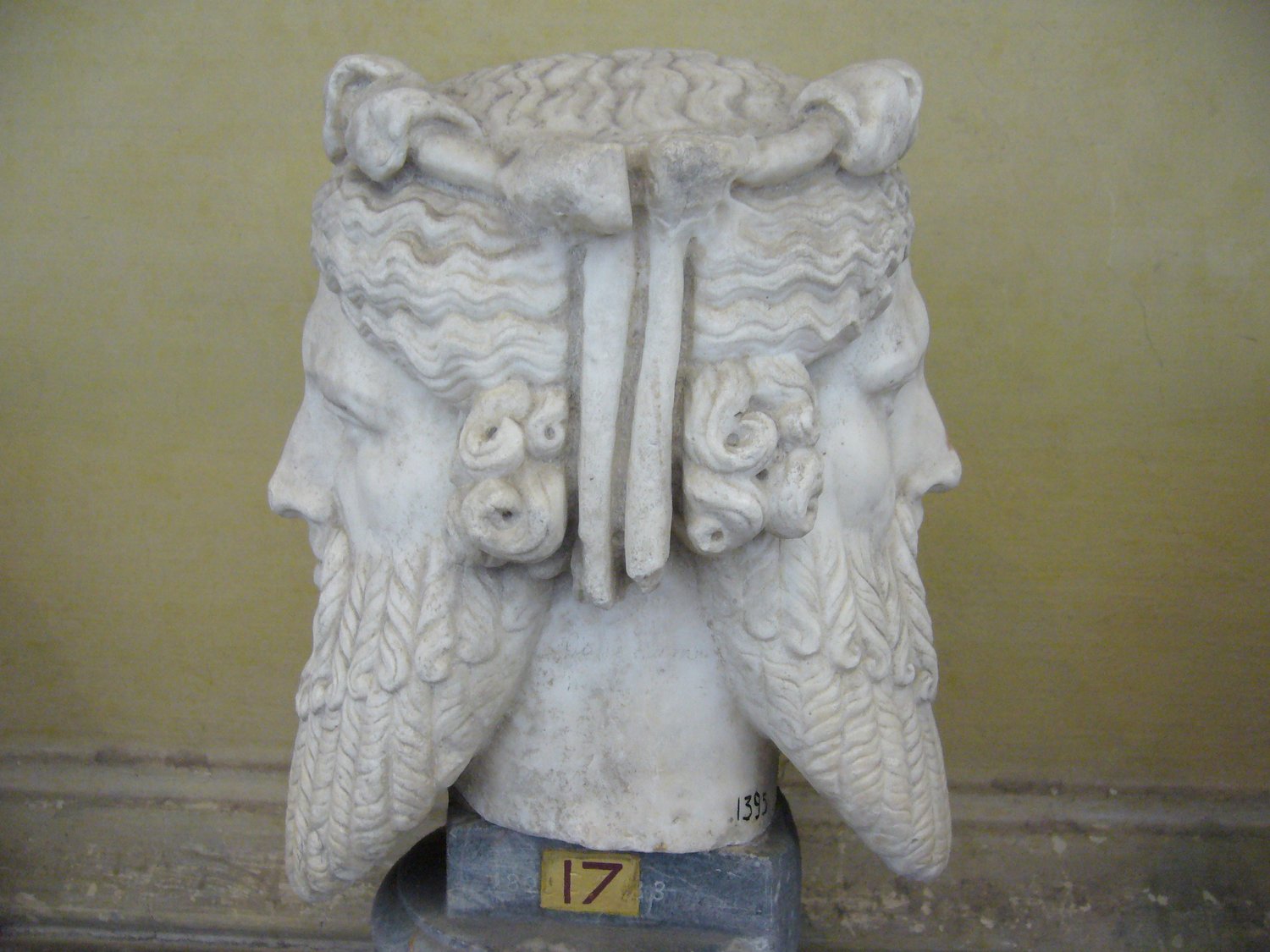Cruisin’ Like It Used To Be
Aunt Phyllis told us a funny story about her cousin Roberta, who travelled to Europe by ocean liner shortly after World War II for a summer adventure in Europe. As was the custom back then, the family went down to the pier to bid Roberta bon voyage. Now, some eighty years later travel seems so ordinary and everyone is too busy to venture down to the docks to wave at passing ships. Forty years before Roberta set sail, their grandmother came to America as a young bride. She shook her head quizzically and declared, “I cannot imagine why on earth anyone would want to travel back to Europe.”
Five generations after Babba Lorber made it to the Lower East Side, we are on a second-class Belgian train traveling with our children and grandchildren on the European continent from whence we came. Judi and I arrived a few days early so at least two of the six of us would not be insane due to jet lag and a sleepless night in the back of the airplane. We realize our exceeding good fortune for this opportunity to travel with our family.
Our first destination was the Red Star Line Museum in Antwerp, a must visit for American immigrants of European descent. During the later nineteenth and early twentieth centuries, one third of the immigrants to North America from the European continent traveled on the Red Star Line through the port of Antwerp, Belgium. The processing center for the 2 million immigrants who made the trip is now a museum to document the phenomenon of deplorable conditions that rendered the migrants hopeless and eager to leave their homes, the experience of crossing the ocean steerage class in the lower immigration, the decks below and the opulent first class quarters above, and the passing through the gates of America to their new homes and the communities that welcomed them--most of the time, anyway.
Migration is fundamental to the human condition. The first panel at the museum told a 50,000 year old story about a man who migrated in Australia. His DNA indicated that he was no longer living in the area where he was raised. Human beings have been on the move ever since. What had him move from place to place, instead of staying home and enjoying life in his proverbial bed? Migrating is not easy. A person has to be pretty miserable and awfully frightened to make the journey from there to here, to face the obstacles of leaving home and making home anew
The epic story of the Bible is one of leaving and coming, Abraham and Sarah were migrants from Ur to Haran to Canaan, and they sojourned for a while in Egypt too. For God to redeem the Israelites, they first had to migrate to Egypt, seventy in number, and then back to Canaan numbering in the millions as they wandered through the desert, sort of foreshadowing the experience of the miserable people making a similar journey on the Red Star Line ships or in the southern deserts of the United States today. As miserable as all migrants must be in leaving behind their former lives and communities, they bring with them a desperate hope for a better future. Life is not always better, and especially in the day-to-day migrants have it a whole lot tougher. But hope is the fuel the propels all migrants into the future, that makes a grandmother proclaim, “Why would anyone want to go back there?”
The Red Star Line Museum followed certain immigrants from their homes in Central and Eastern Europe. The universal story is told best by the individual struggles, experiences and dreams. Judi and I were naturally most interested in the Jewish story of Bessie Cohen and her family from some rotten place in Russia. Her husband, a farmer of some small stature was wiped out when a freak snowstorm preempted the harvest, destroyed his work and put him deep into debt. He left for America with the expectation that he would return to his family with some money in his pockets to pay off his debts and start all over again.
World War I broke out and Mr. Cohen could not get back. Bessie fended for her family and barely survived. As the soldiers floated in and out of the area, they tormented the Jewish peasant folk. Finally, after six years of separation, Bessie had enough. She told her husband not to come back. Instead, they will reunite in America. This was a common roots story for most American Jews. Bessie sold her goods, obtained tickets through Antwerp, crossed borders without passports--bribing all the way. She finally arrived, reunited with her family and worked hard to make happily ever after emerge from the struggles of a terrible, lonely and dislocated life.
At the end of the exhibit, I read a museum panel about Bessie from her granddaughter. I don’t remember much about the panel, except that the granddaughter presented herself with the last name of Cohen Rodriguez. Rodriguez is not a common Jewish name, and whatever the religious status and identification of the Cohen Rodriguez progeny, there is undoubtedly a continuing migration through the next generations. It seems that we are all migrants of some sort or another. Sometimes we move physically from place to place in steerage or above deck, enduring hardships and uncertainty. And sometimes we move spiritually from there to here, never staying still.
Everything changes always. That is the constant in life.

